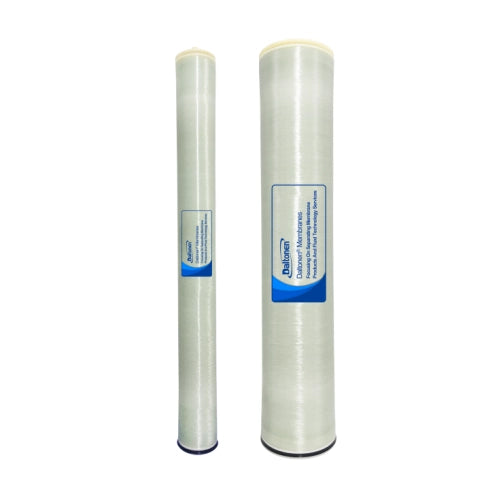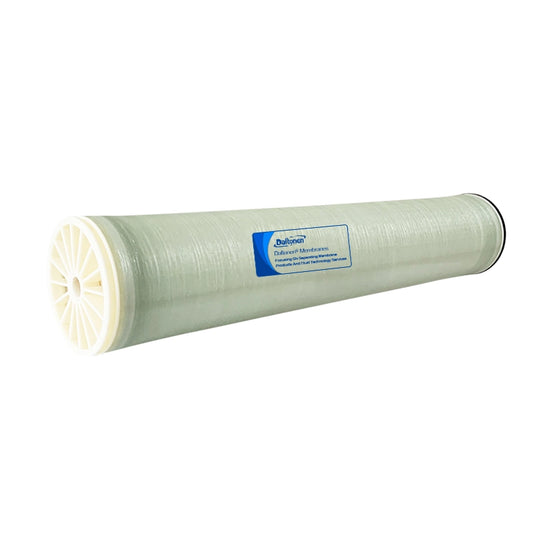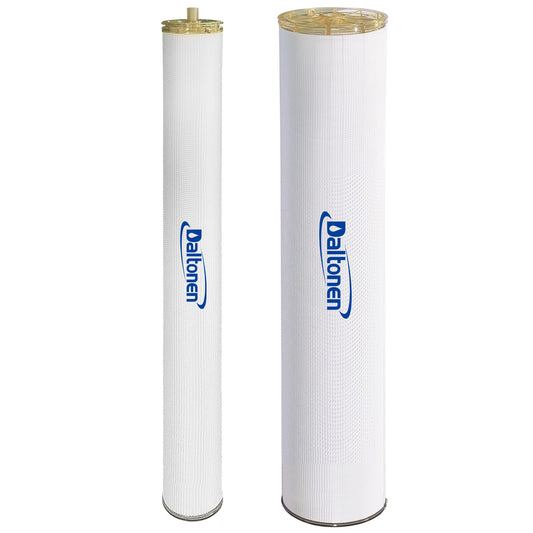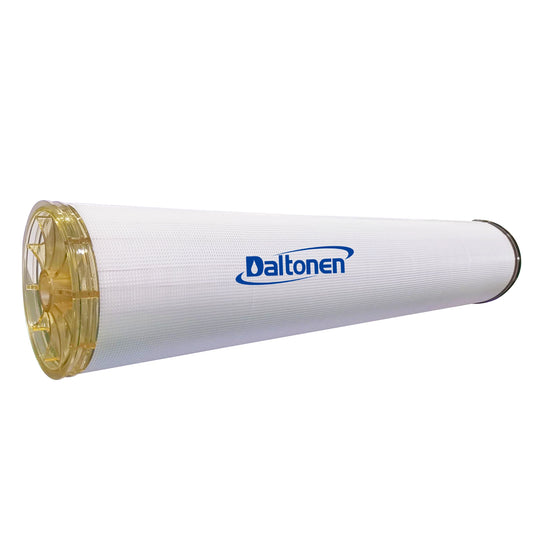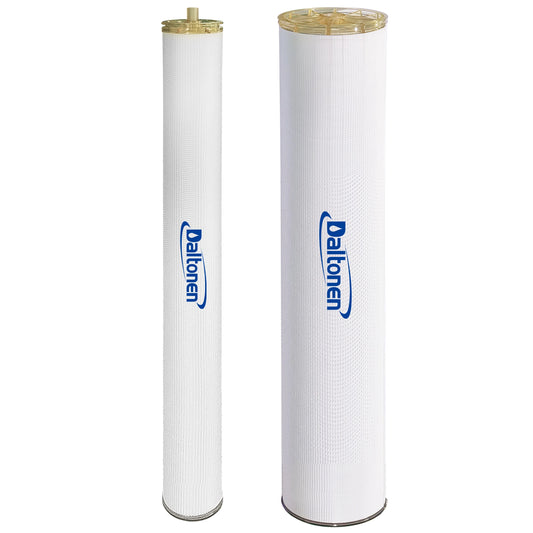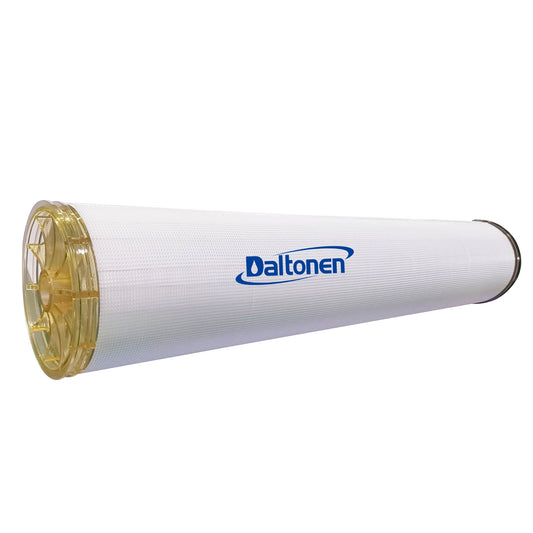Low-Temperature Efficient Nanofiltration Membrane System for Active Ingredient Separation
28 Mar 2025
Low-Temperature Efficient Nanofiltration Membrane System for Active Ingredient Separation
Applicable Objects: Plant extracts, peptides, polysaccharides, and other thermosensitive organic active ingredients
I. Process Design Principles
Core Objectives:
-
High activity retention (>95%) to avoid thermal and chemical degradation
-
Precise separation of components with molecular weight differences ≥200 Da
-
Low energy consumption and zero solvent residue
Technical Route: Pre-treatment → Nanofiltration concentration → Post-treatment → Cleaning and maintenance → Quality control

II. Detailed Process Description
1. Pretreatment Stage
Purpose: Remove large particle impurities, lipids, and colloids to reduce membrane fouling risk.
Operations:
-
Microfiltration (MF): Use ceramic microfiltration membranes (pore size 0.1-0.2 μm) at 25-30°C, 0.5-1.0 bar pressure, and 10-15 L/min flow rate to截留plant cell debris.
-
pH Adjustment: Adjust pH according to the charge characteristics of the target molecule.
Case Adaptation: For Lithospermum extract, microfiltration removes lipids to improve nanofiltration flux stability.
2. Nanofiltration Concentration Stage
Purpose: Selectively retain target organic molecules and remove small molecule impurities (salts, monosaccharides, etc.).
Operations:
-
Membrane Selection:
-
For polyphenols (300-500 Da), use Toray UTC-60 (MWCO 150-300 Da)
-
For polysaccharides (1-5 kDa), use DuPont NF270 (MWCO 200-300 Da)
-
For peptides (500-2000 Da), use Hydranautics ESNA1-LF2 (MWCO 100-200 Da)
-
-
Operating Parameters: Pressure 8-15 bar, temperature 20-35°C, cross-flow mode to reduce concentration polarization.
-
Real-time Monitoring: Use sensors to monitor conductivity, turbidity, and pressure fluctuations.
Case Adaptation: For alginate concentration, NF270 membrane at 12 bar achieves >98% polysaccharide retention and >90% glucose removal.
3. Post-treatment Stage
Purpose: Further purification and drying to obtain final product.
Operations:
-
Secondary Nanofiltration (Optional): Use lower MWCO membrane for high-purity requirements.
-
Vacuum Low-Temperature Drying: Use rotary evaporator at ≤40°C and 0.09 MPa vacuum to increase solid content from 5% to 95%.
Case Adaptation: For Ganoderma triterpene concentrate, vacuum drying at 40°C avoids oxidation.
4. Membrane Cleaning and Maintenance
Purpose: Prolong membrane life and restore flux.
Operations:
-
Daily Cleaning: Alkaline cleaning with 0.1% NaOH at 50°C for 30 minutes, acidic cleaning with 0.5% citric acid to remove inorganic scale.
-
Deep Cleaning (Monthly): Treat with 1% SDS surfactant for 1 hour.
Case Adaptation: For collagen peptide production, use protease K to clean membrane.
5. Quality Control and Validation
Tests:
-
Active ingredient purity by HPLC
-
Impurity residues by GC-MS
-
Microbial indicators to ISO 22716 standard
Validation:
-
Use standard substances to calibrate membrane performance
-
Ensure batch consistency with RSD ≤5%

III. Economic and Environmental Analysis
Cost Comparison (100 L green tea polyphenol concentration):
-
Nanofiltration: 120 kW·h energy, 6 hours, <5% activity loss
-
Traditional distillation: 350 kW·h energy, 15 hours, 25% activity loss
Environmental Benefits:
-
60% less wastewater (permeate reusable)
-
No VOC emissions, compliant with EU regulations
IV
. Risk Control and Emergency Response
Membrane Fouling Response:
-
Switch to backup membrane
-
Ultrasonic cleaning (40 kHz, 1 hour) for fouled membrane
Active Ingredient Degradation Prevention:
-
Temperature interlock system
-
Light-protective piping for photosensitive components
Conclusion This system achieves efficient, safe separation of cosmetic organic active ingredients through staged precision control, membrane selection, and intelligent monitoring. Industrial applications like alginate and green tea polyphenols show superior purity and efficiency compared to traditional methods. Future improvements could include digital twin modeling for parameter optimization.
Tags:


